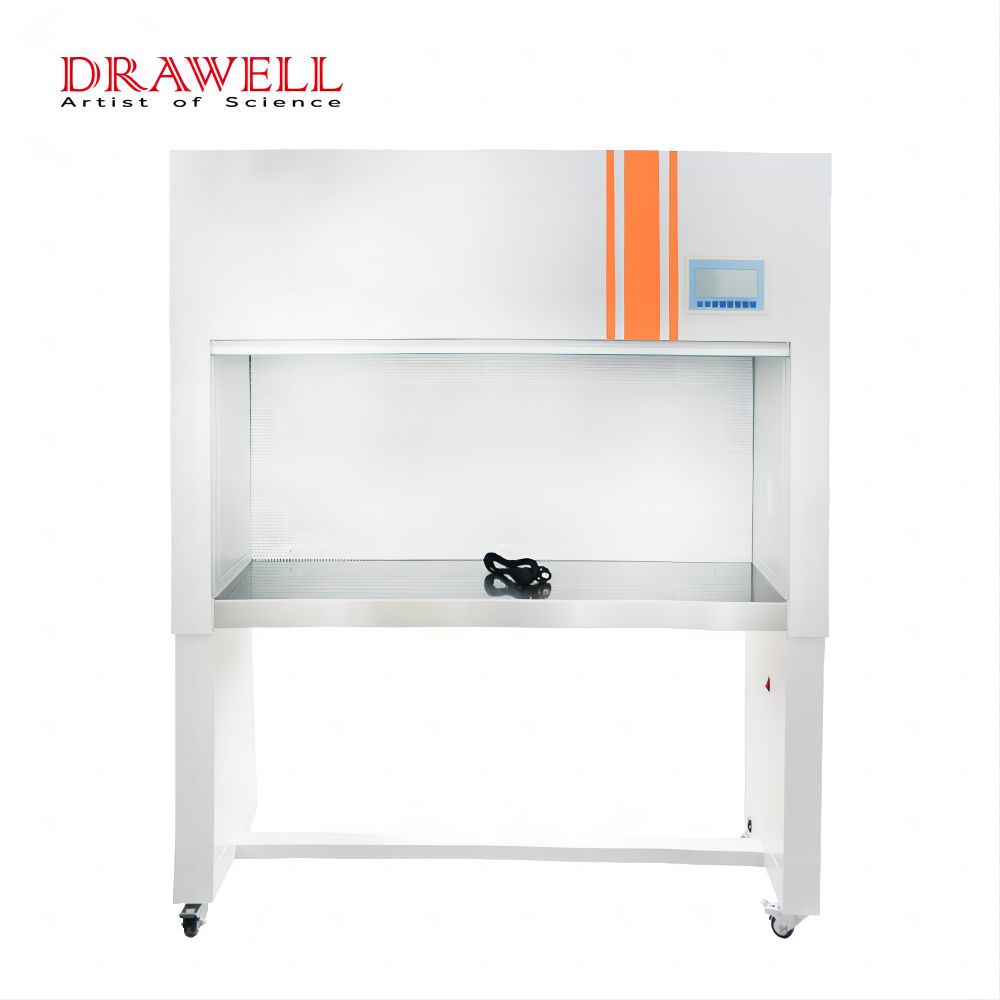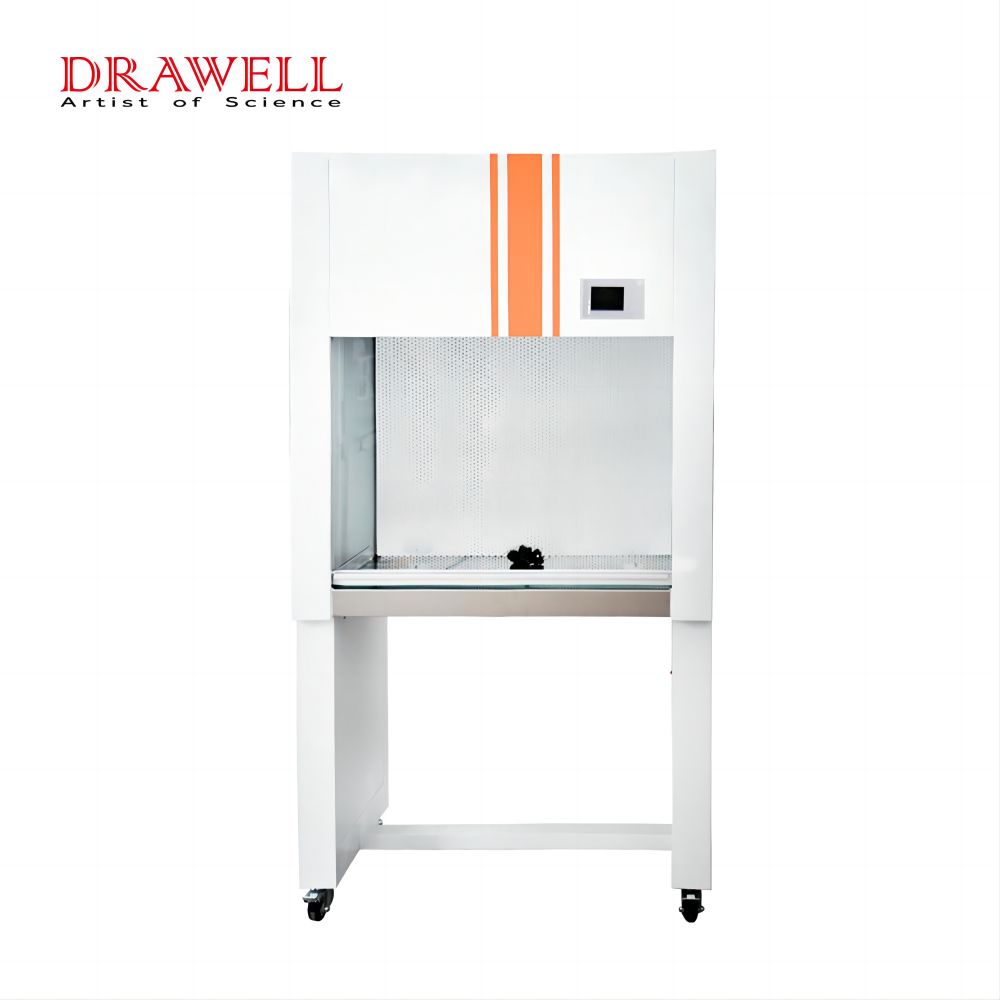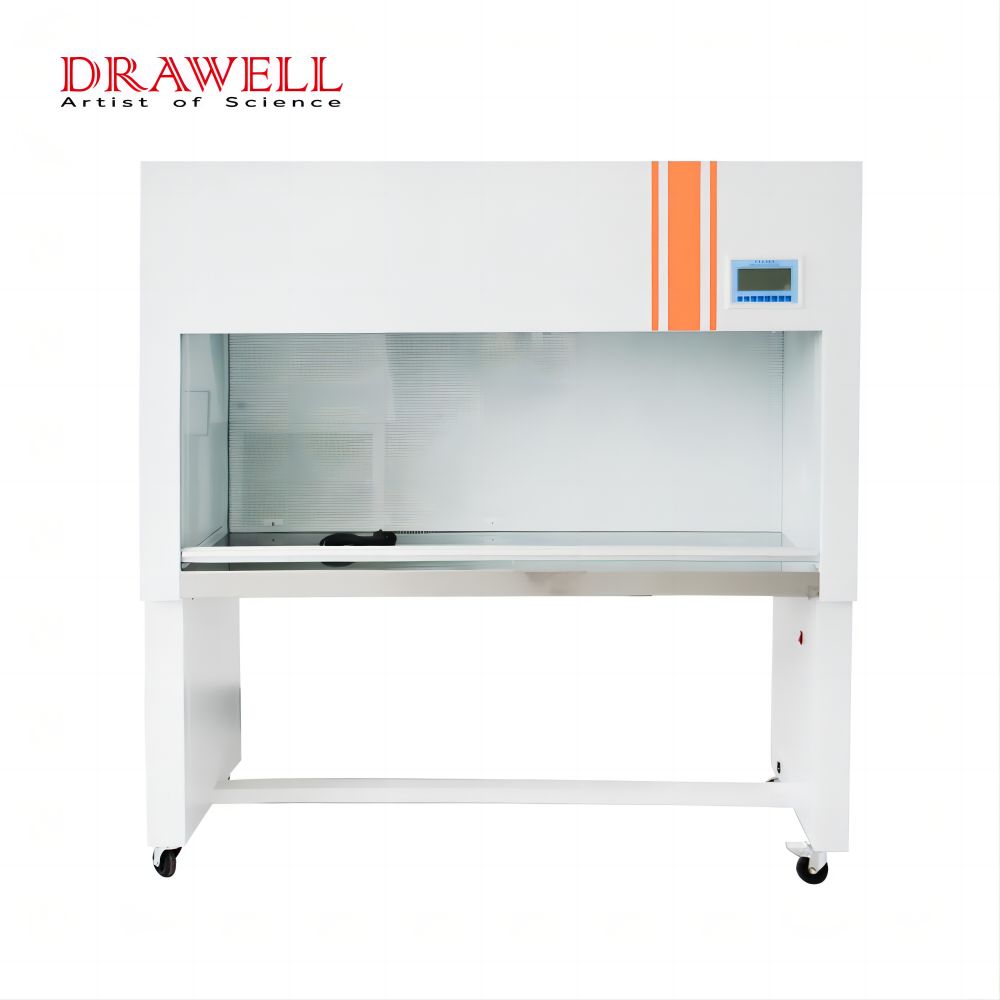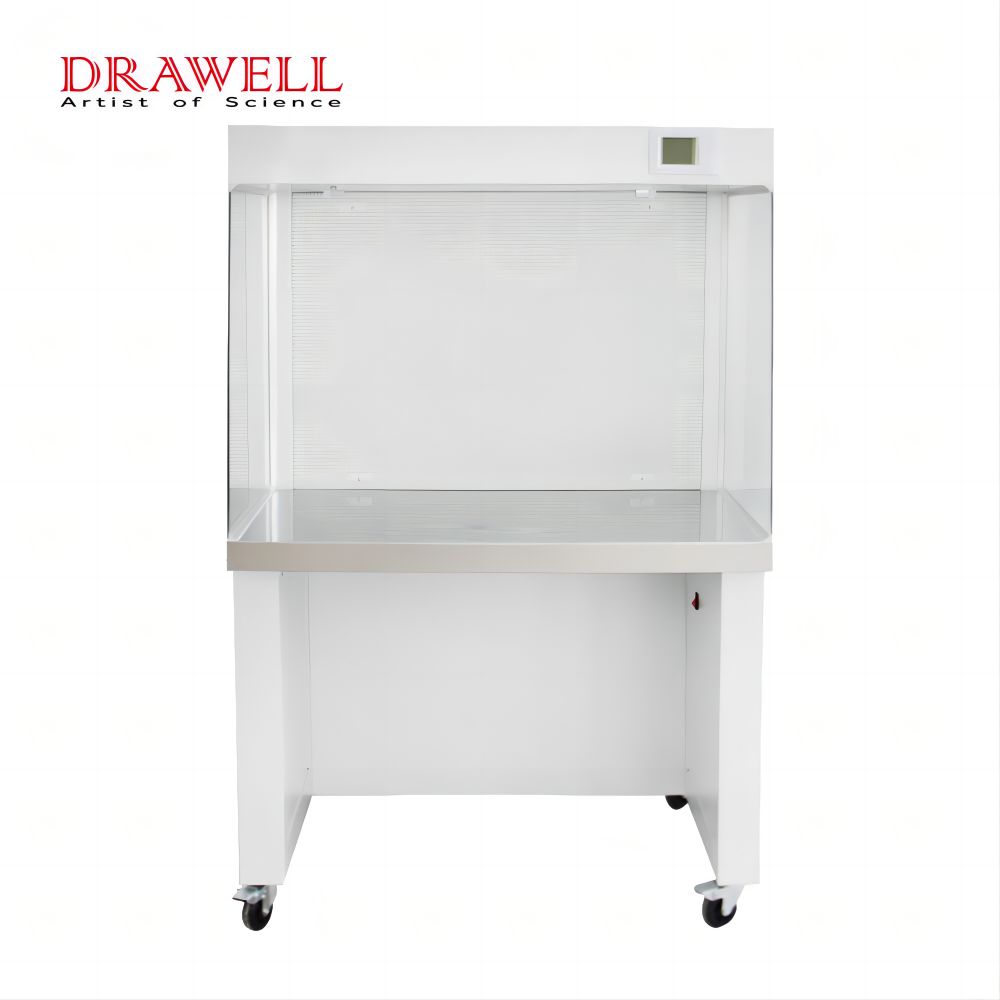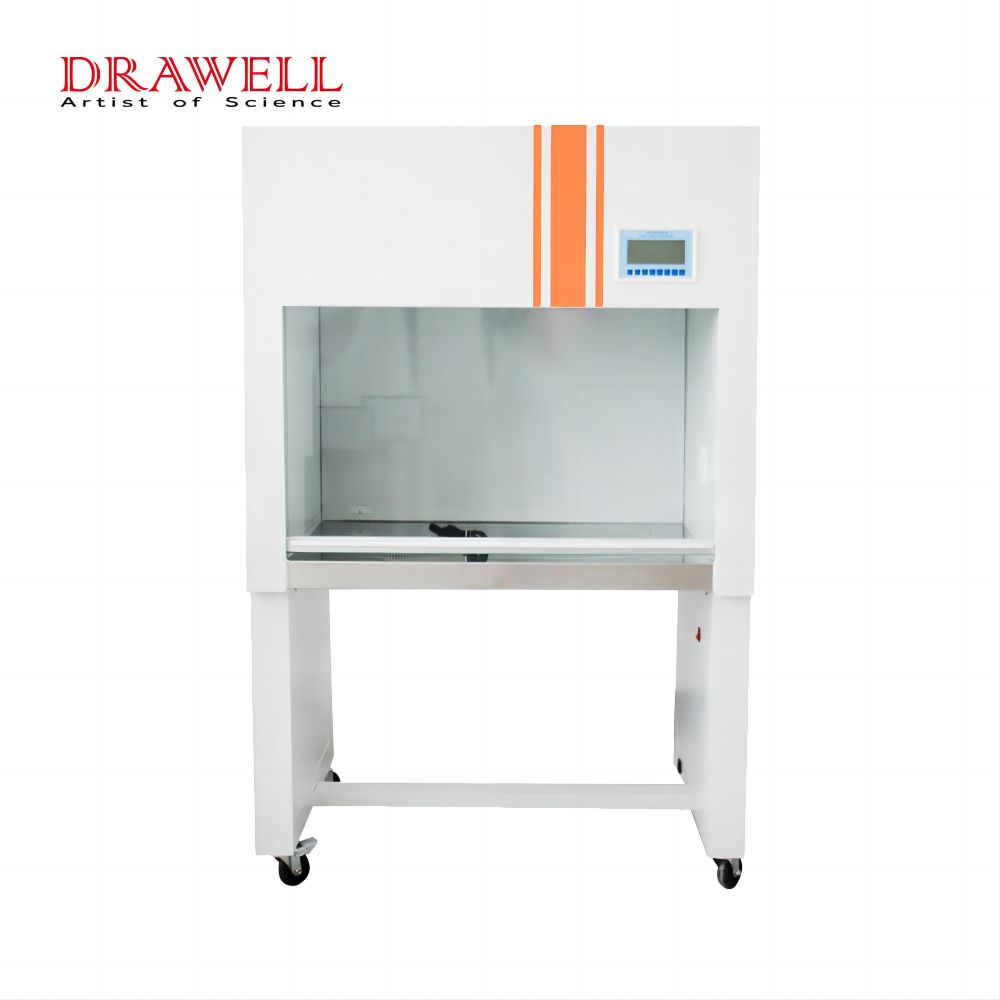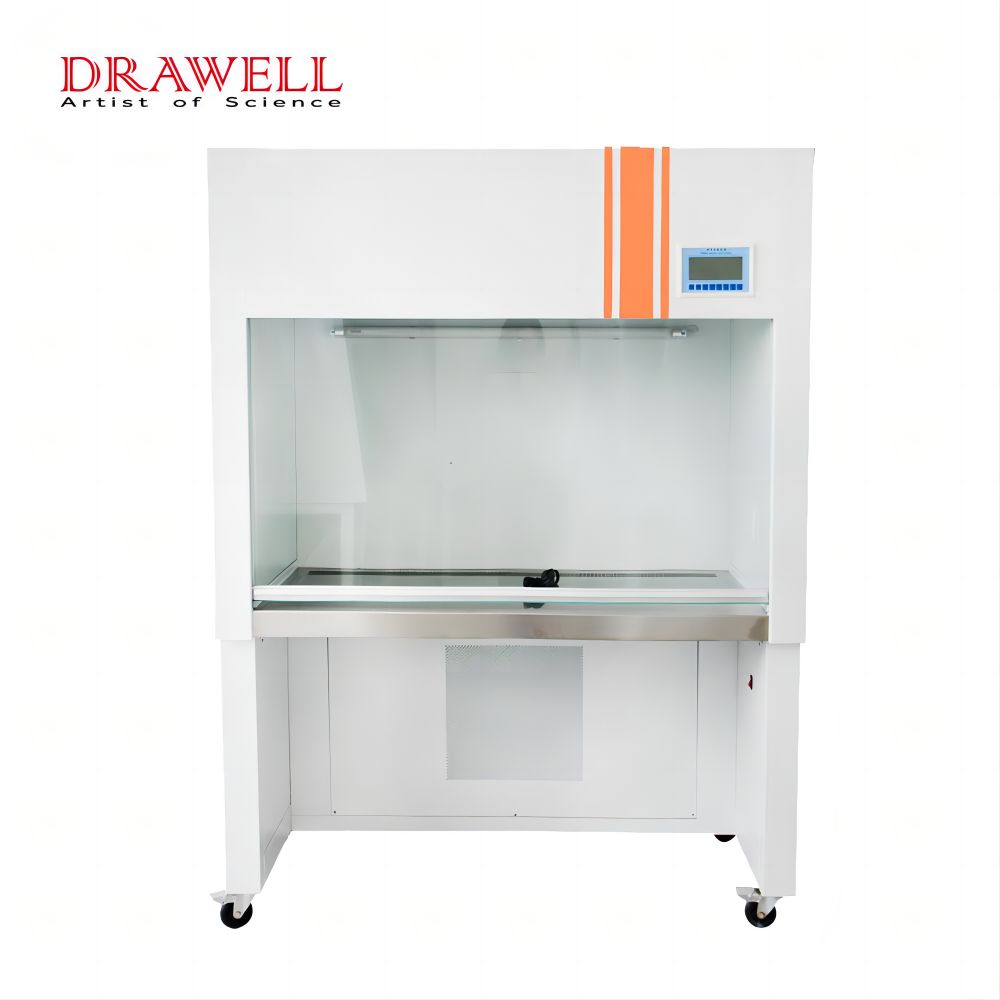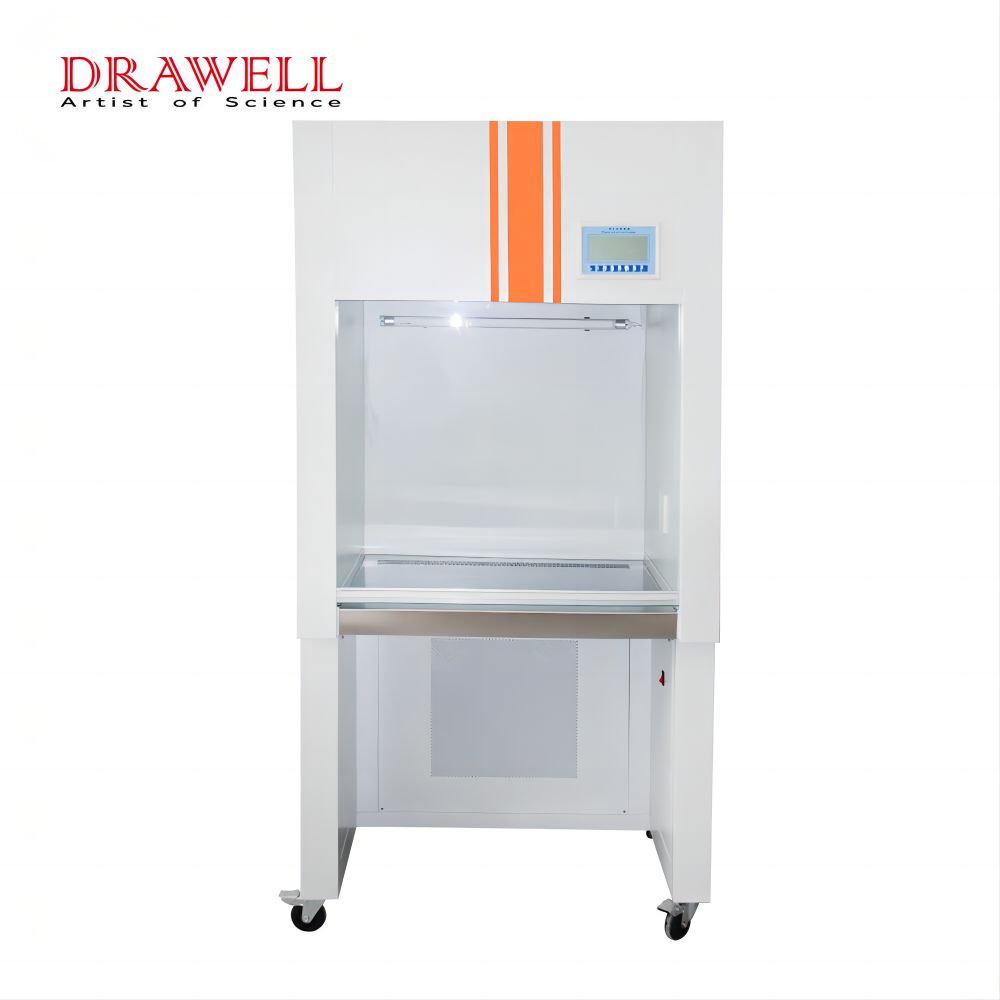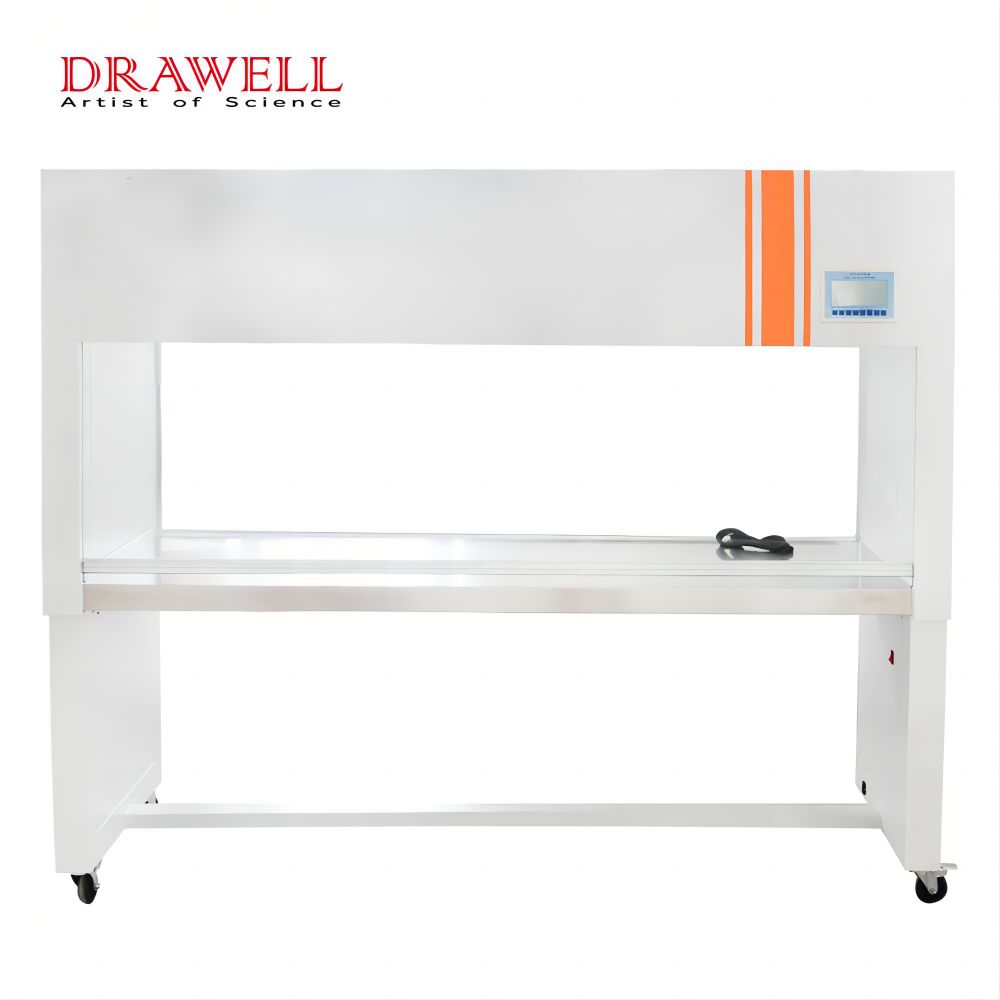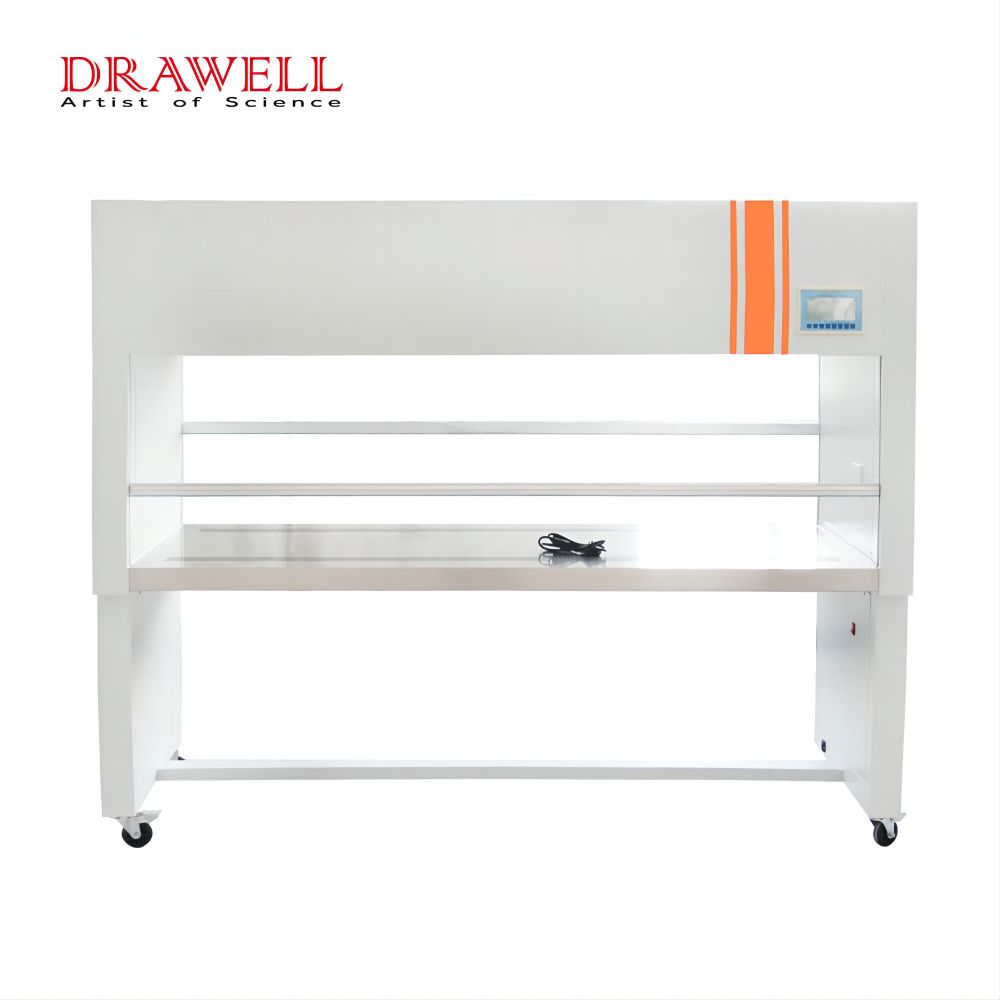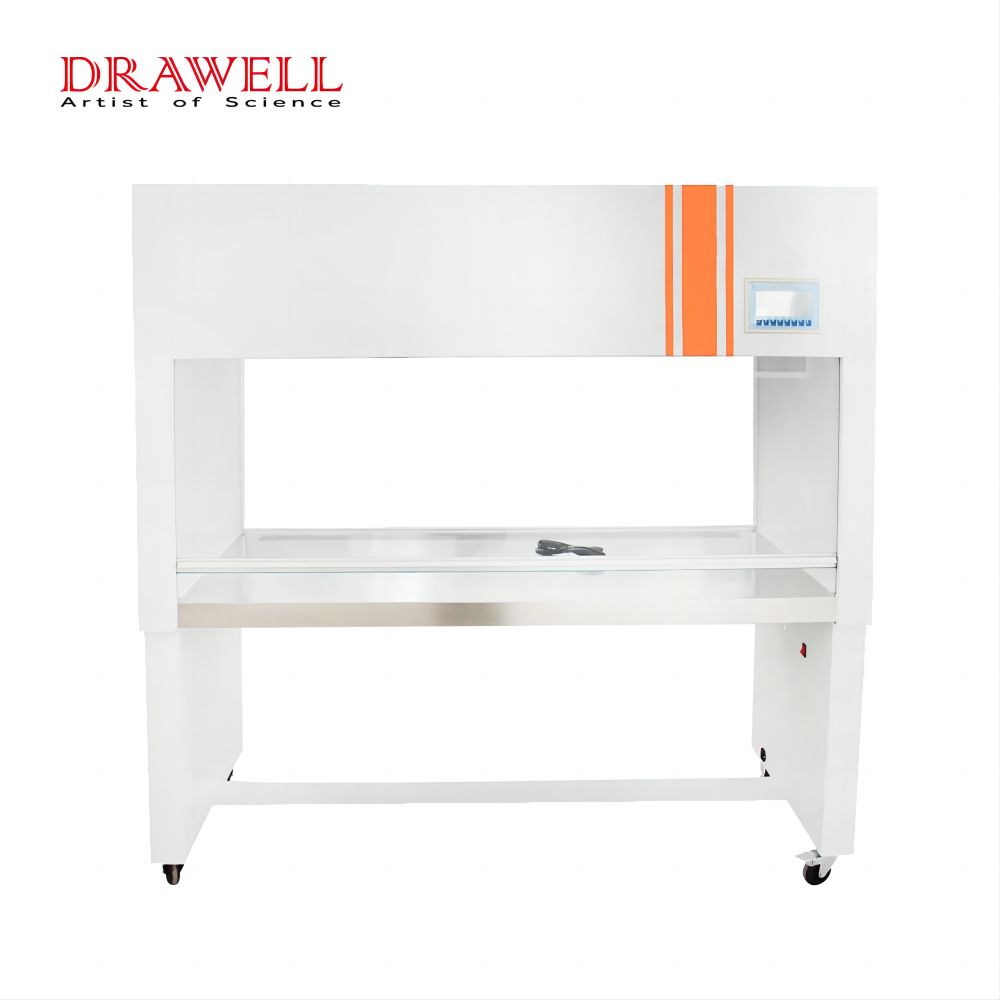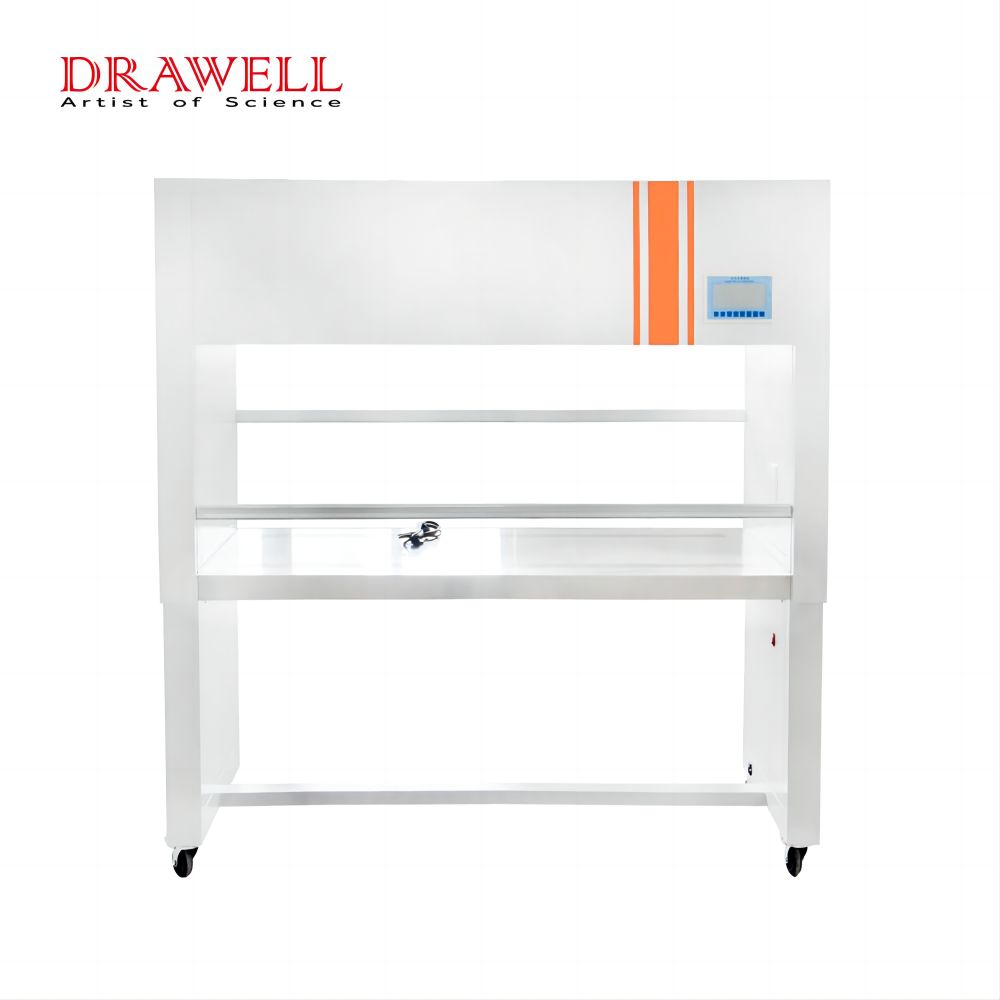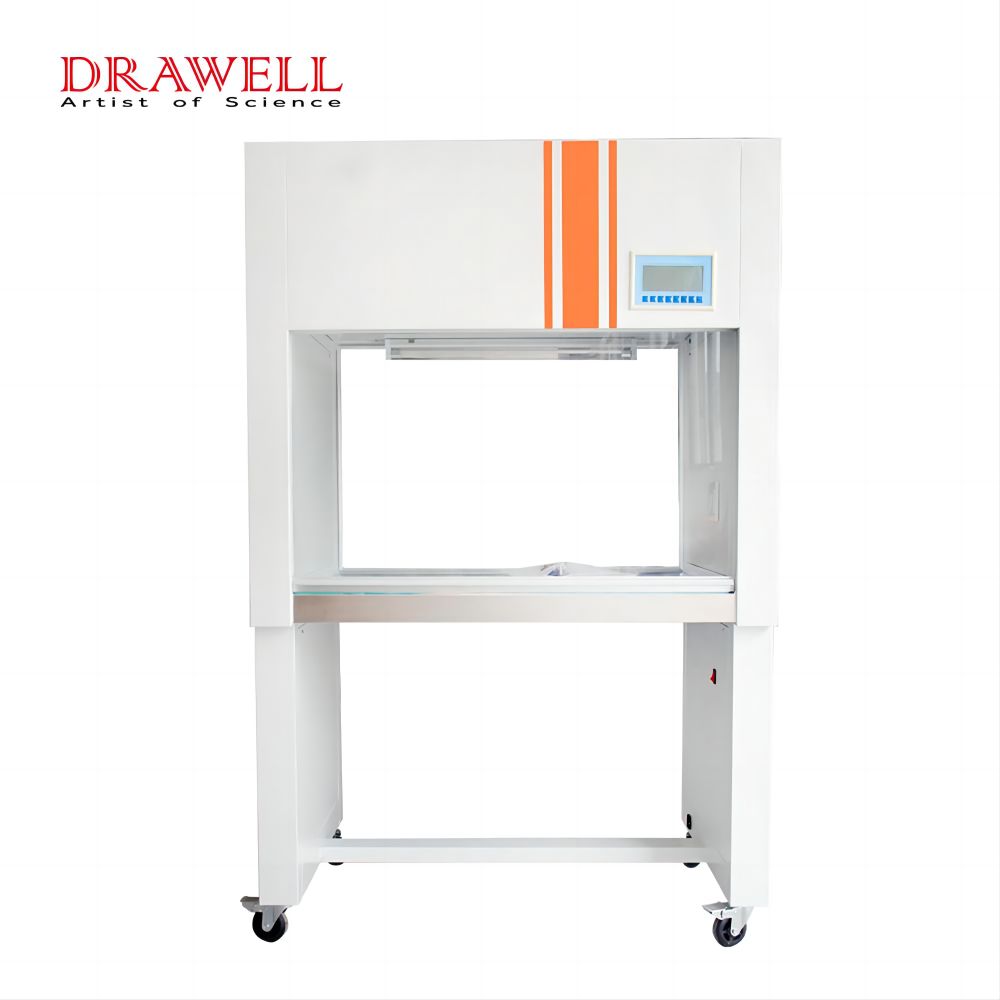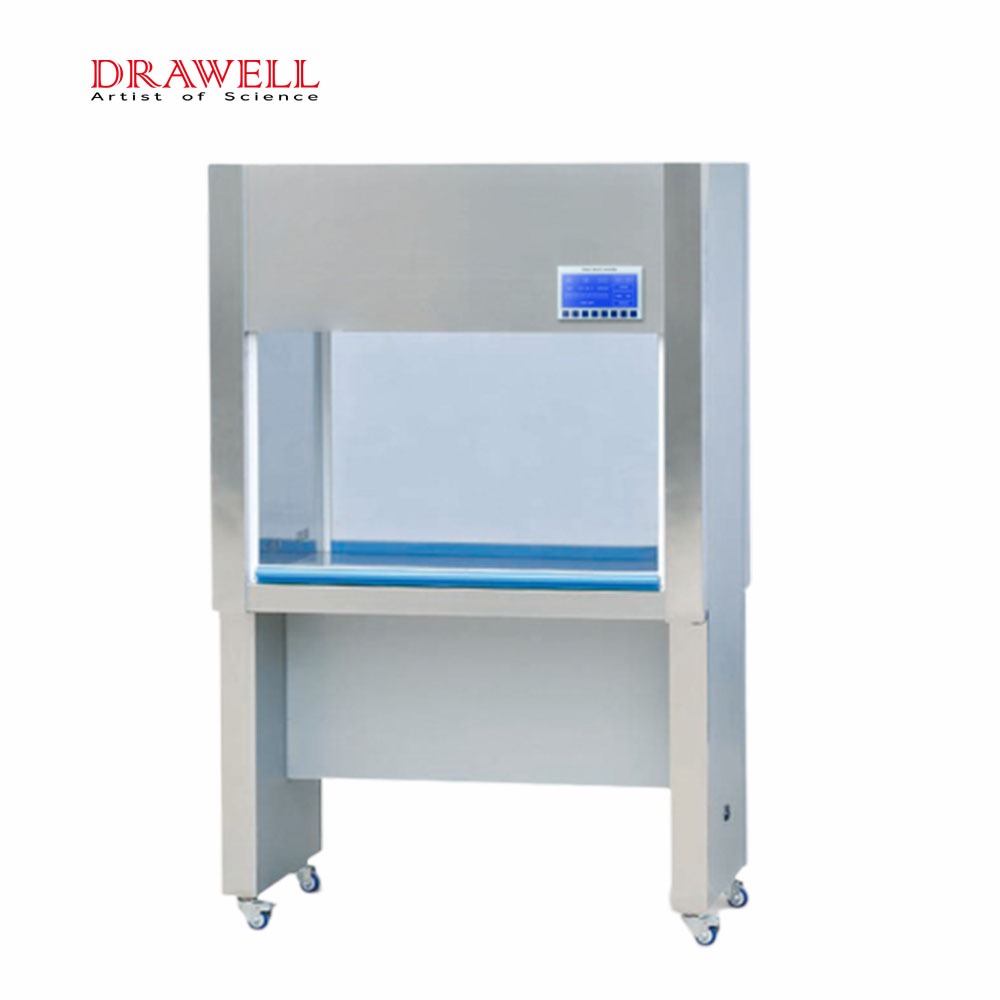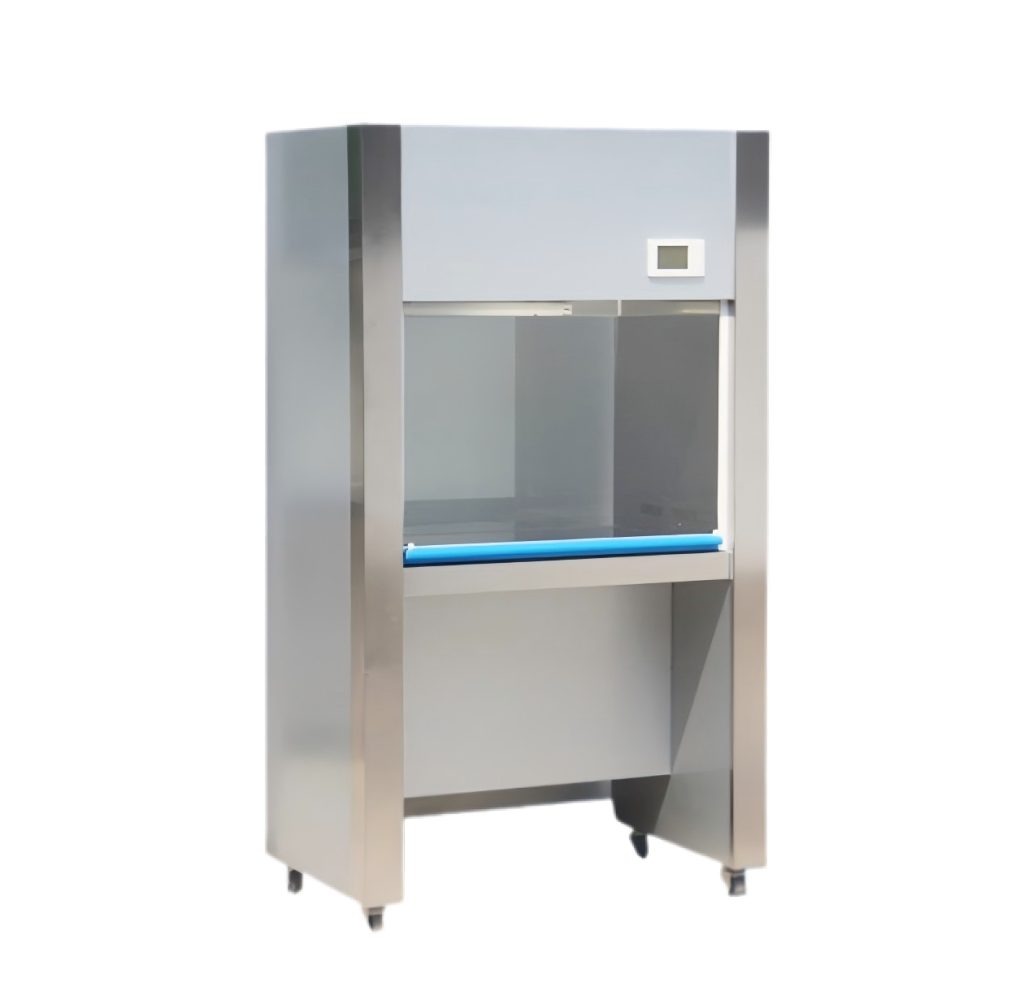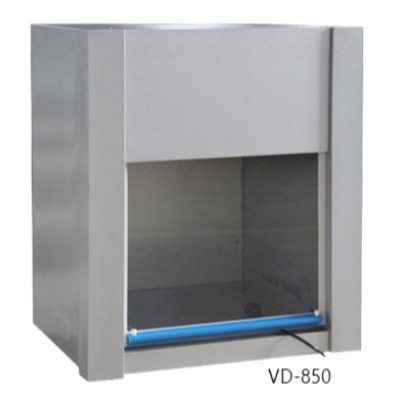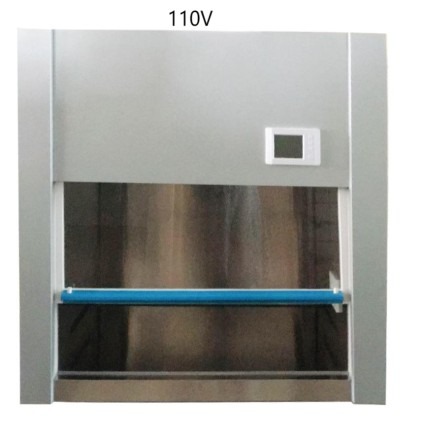As one of the common equipment in the laboratory, do you know the daily maintenance of biosafety cabinets? Today, this article is useful for you to get knowledge of biosafety cabinets’ maintenance.
4 Maintenance of Biosafety Cabinets
- The studio and biosafety cabinet should be cleaned and disinfected after each experiment.
- Once the pre-filter of biosafety cabinets is damaged, it should be replaced in time.
- HEPA filters of biosafety cabinets should be replaced as soon as they reach the end of their useful life. Since the filter of biosafety cabinets may contain pollutants, you should pay attention to safety protection during operation, and ask specially trained professionals to replace it.
- When one of the following situations occurs, an on-site inspection of the biosafety cabinet should be carried out:
(1) After the completion of the biosafety laboratory and before biosafety cabinets are put into use, biosafety cabinets have been installed.
(2) The biosafety cabinet is moved.
(3) Overhaul biosafety cabinets.
(4) After replacing the HEPA filter in biosafety cabinets.
(5) Annual routine testing of biosafety cabinets.
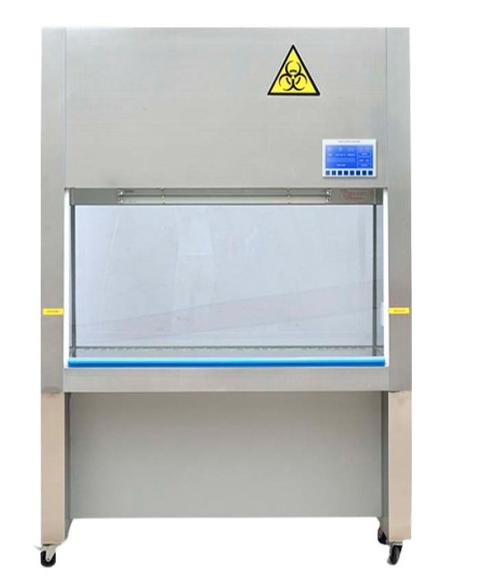
Testing of Biosafety Cabinets
The test items of biosafety cabinets include vertical airflow velocity, airflow direction, and velocity of the working window, cleanliness of the working area, noise, illuminance, leak detection of the exhaust HEPA filter, etc. The testing of biosafety cabinets should meet certain requirements as follow:
1. Vertical airflow average wind speed detection of biosafety cabinets
Detection method:
On the section at 0.15m below the HEPA filter of biosafety cabinets, anemometers are evenly distributed to measure the section’s wind speed.
The distance between measuring points shall not be greater than 0.15m, and at least 3 points shall be measured in each column, and at least 5 points shall be measured in each row.
Evaluation criteria: the average wind speed is not less than 0.25m/s, the difference from the value given by the manufacturer is not more than ±0.025m/s, and the difference between the single point wind speed and the average wind speed is not more than ±20%.
2. Air flow direction detection of the working window
The smoke method or wire method can be used to detect the cross-section of the working window.
The detection position includes the surrounding edge and the middle area of the working window.
Evaluation criteria: The airflow at all positions of the working window section is inward.
3. Airflow velocity detection of the working window
Detection method: Use an anemometer to measure the wind speed at the working window section of biosafety cabinets. The distance between measuring points shall not be greater than 0.10m, at least 2 points shall be measured in each column, and at least 5 points shall be measured in each row.
Evaluation criteria: the wind speed value on the section is not lower than the product standard requirements of biosafety cabinets.
4. Cleanliness detection of the work area
Use a dust particle counter to detect in the work area of biosafety cabinets.
The sampling port of the particle counter is placed at a height of 20 cm above the worktable, and its measurement points obey the grid distribution of 20 cm in rows and columns. Measure at least three points per column and five points per row.
Evaluation criteria: the number of dust particles shall not be higher than the product standard requirements of biosafety cabinets.
5. Noise detection. The horizontal center of the front panel of the biosafety cabinets is 300mm outward and 380mm higher than the working table to measure the noise with a sound level meter.
Evaluation criteria: Noise shall not be higher than the product standard requirements of biosafety cabinets.
6. Illuminance detection. Set a measurement point every 30cm along the centerline of the length direction of the worktable. When the distance from the side wall is <15 cm, it is no longer set.
Evaluation criteria: the average illuminance is not lower than the product standard requirements of biosafety cabinets.
7. Leakage detection of the box should be carried out when conditions permit. Biosafety cabinets can be sealed and pressurized to 500Pa to detect leaks with soap bubbles.

